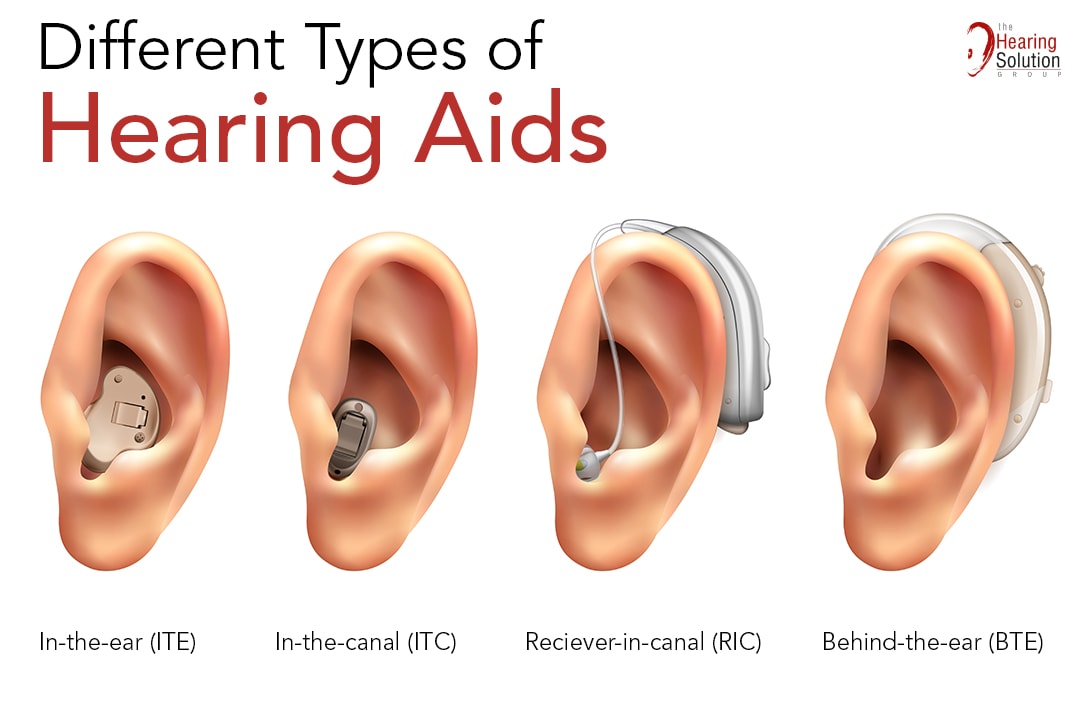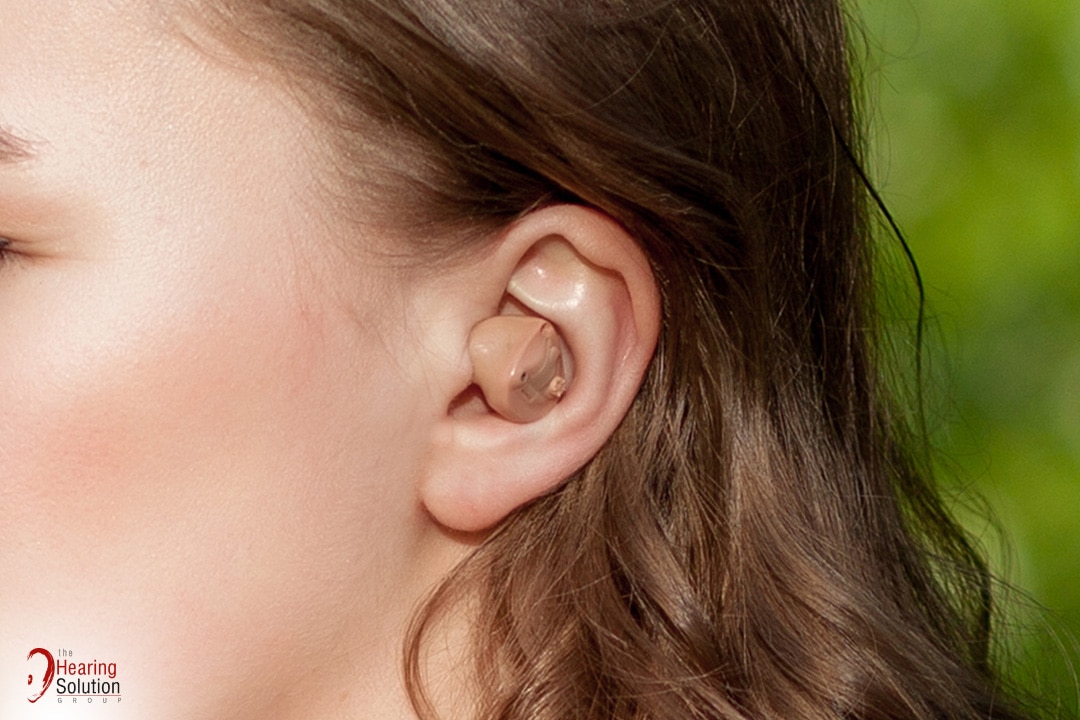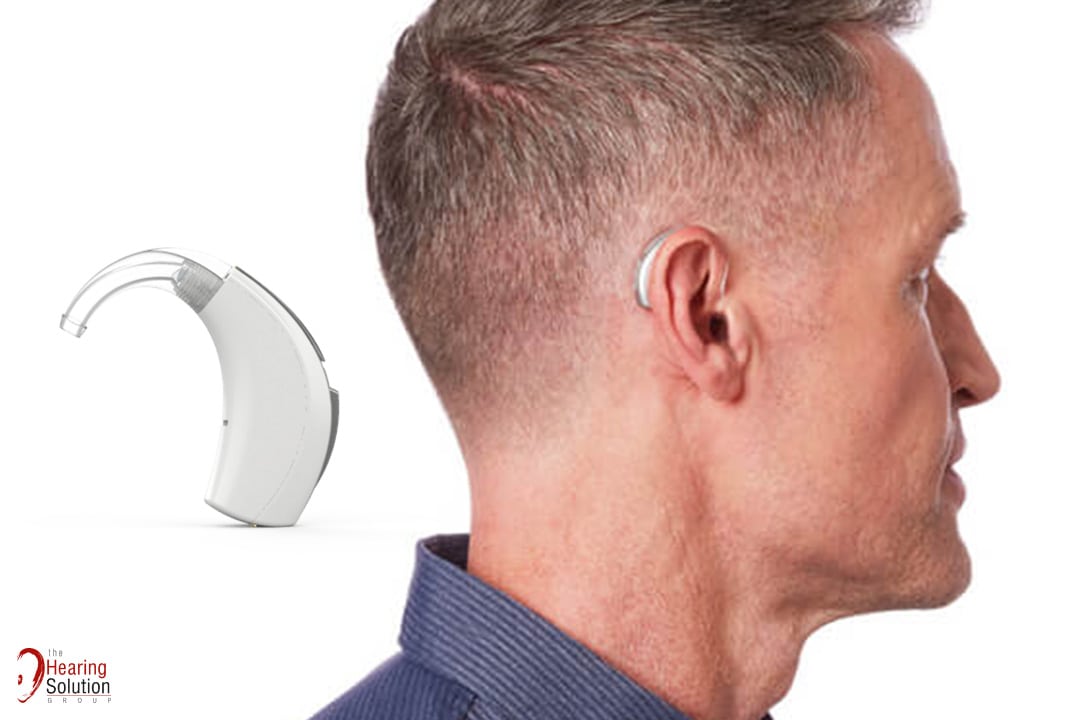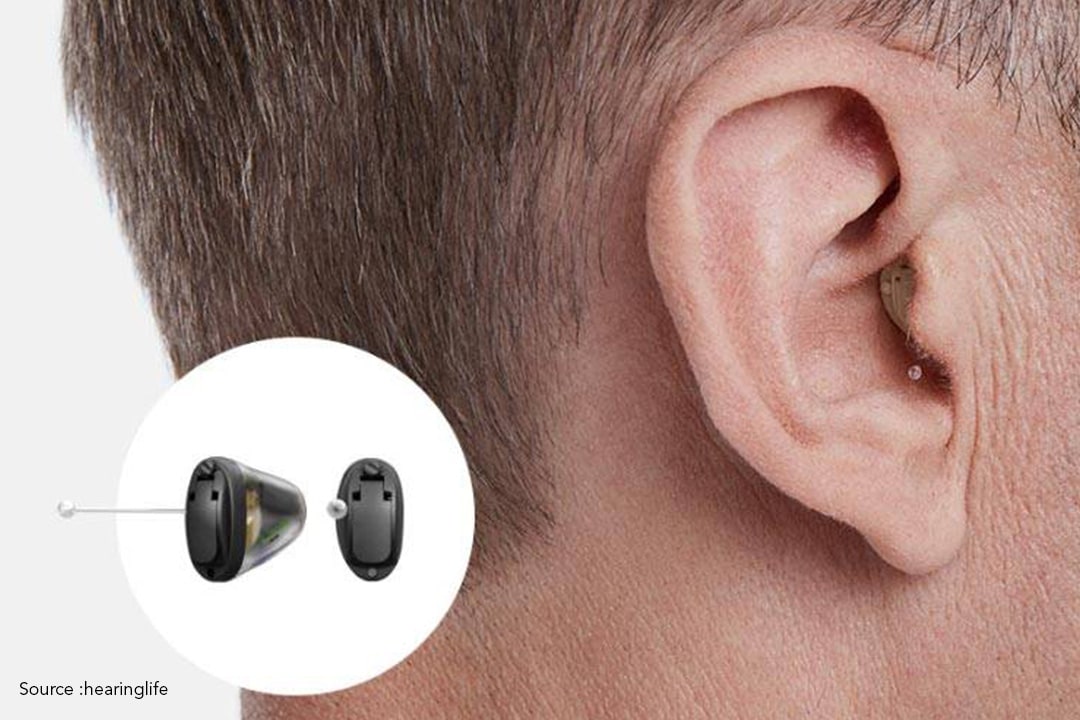
Hearing aids are one of the most common solutions to help combat hearing loss. They are small electronic devices worn in or behind the ear. By amplifying sounds, hearing aids empower those with hearing loss to listen better, communicate and fully participate in daily life activities. No doubt, they are wonderful tools in transforming the quality of life of the hearing impaired in revolutionary ways.
Nevertheless, with the variety of hearing aids available in Singapore today, understanding and knowing how to choose one that best suits your needs can be quite the challenge. Therefore, in this article, we explore the different types of hearing aids and how they compare to each other to help you make a more well-informed decision when selecting the hearing aid of choice.
Custom Hearing Aids
Suitable for those with mild to severe hearing loss, custom hearing aids are typically customised according to the shape of your ear. They come in three styles – completely-in-canal (CIC) hearing aids, which fit inside the ear, in-the-canal (ITC) hearing aids that are slightly extended out on the concha area, and in-the-ear (ITE) hearings aids, which almost fully covers the outer ear. Some custom hearing aids may feature telecoils, which receive sounds through the circuitry instead of a microphone. This does not only make it easier to hear conversations over the phone but also in public facilities where special systems called induction loops are installed. Some benefits of custom hearing aids include discreetness, comfort and more natural sound quality. However, they may be susceptible to earwax clogging the speaker, moisture damage and more occlusion as the ears are plugged up. ITEs are also not recommended for elderlies with dexterity issues or young children due to the constant replacing of the shell as their ears grow.
Behind-the-ear Hearing Aids
Behind-the-ear (BTE) hearing aids are worn with a customised ear mould fitted in the canal. In this way, the microphone from the hearing aid can pick up environmental sounds and transmit them into the ear through the earmould. The benefits of BTE hearing aids include supporting higher hearing profile range, longer battery lifespan and easy maintenance. However, they are more bulky, less discreet and cause less ventilation in the earmould. Unlike the ITE hearing aid, they are usually used by children and the elderly.
Receiver-in-canal Hearing Aids
Last but not least, we have the receiver-in-canal (RIC) hearing aids, which perfectly fits the size and shape of your ear. They fit into the ear canal and come in two styles – invisible in the canal (IIC), and completely in the canal (CIC). Both these hearing aids are the smallest and most discreet and positioned deeply in the ear. The IIC, just as its name suggests, is virtually invisible and people might not even realise if you are using one! In fact, they are so deep in the ears that they can only be removed by tugging on a small pull-out string. The CIC is similar to the IIC, except that it does not sit as deeply in the ear. In-the-canal hearing aids are more suited to those with mild to moderate hearing loss as they tend to lack power and certain features like volume wheels and programme buttons due to their small size.
Today, technology’s reign has introduced a newer type of hearing aid known as the open-fit hearing aid. They are small and fit completely behind the ear, allowing the ear canal to remain open. This makes it ideal for individuals who are more prone to earwax build-up and eliminates any potential discomfort of a muted voice perception from the user themselves when communicating.
To recap, hearing aids can be categorised into 3 types – the custom hearing aids which includes the CIC, ITC and ITC, BTE hearing aids and RIC hearing aids. The hearing aid style you decide to go for should be dependent on your hearing condition and preference. For instance, if you suffer from severe hearing loss and prefer a solution that offers more features and functions to help you hear better than an ITE or BTE hearing aid is the choice to make. On the other hand, an IIC or CIC hearing aid may be ideal if your condition is mild and you prefer something that is more sleek in style. Ultimately, it is still highly recommended to consult your hearing care consultant to ensure you get the best hearing aid option in Singapore made for you!
At The Hearing Solution Group, we offer a range of hearing care solutions including hearing aids to help ease your hearing loss journey. Require more information on hearing aids including hearing aid prices in Singapore? Contact us today or call us at 63370090.

 Find Us
Find Us Call Us
Call Us


